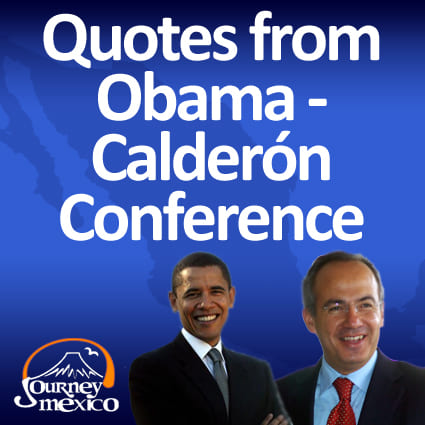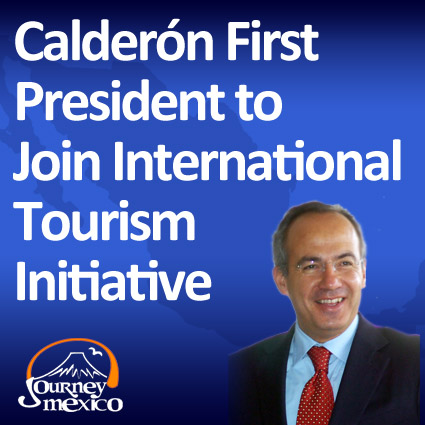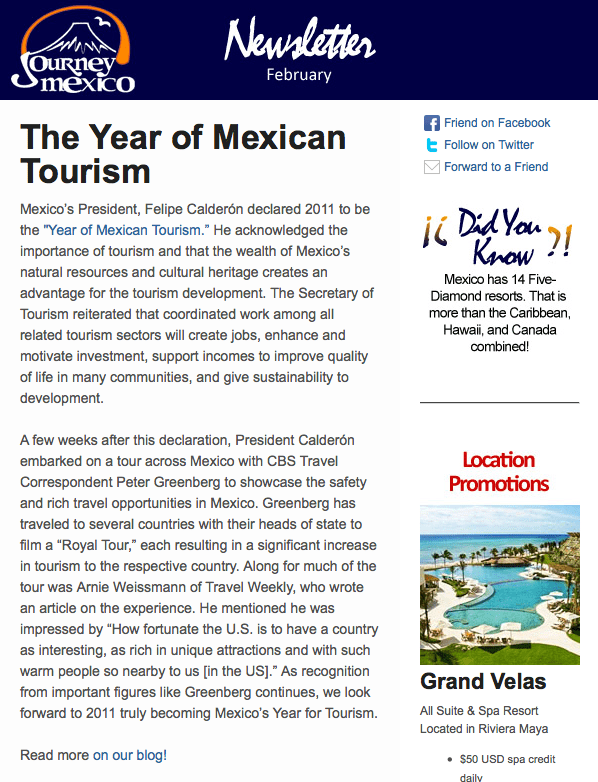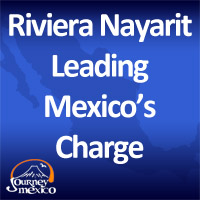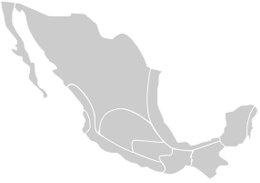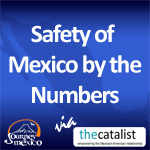 This article has been re-posted from http://thecatalist.org. The original article can be found here.
This article has been re-posted from http://thecatalist.org. The original article can be found here.
“In recent months the debate about violence in Mexico has heated up significantly. Most news channels have been giving a broad coverage on the facts of crime, which are usually focused on the issue of combating organized crime.
When it comes to human lifes, it is always difficult to speak coldly about figures. But when we need to know what really is going on, in terms of crime, we can do nothing but refer to them.
The indicator which measures the violence in a country is the number of violent deaths per 100,000 people. This indicator has the advantage of allowing us to compare figures between countries with different population sizes.
This indicator is highly reliable and comparable between countries of the world, since in all countries it is necessary to produce death certificates to account for a death caused for any reason whatsoever. In the case of violent deaths, there is no possibility that this indicator, unlike others, observe significant levels of sub report because violent deaths are registred by law in all countries.
According the available indicators, Mexico as a country has a general level of 13.3 violent deaths per 100.00 inhabitants, making it one of the safest countries in Latin America. Levels in Argentina, Brazil and Venezuela surprised us since they are at high as 16.8, 36.7 and 44.9 deaths per 100,000 population, respectively. Brazil and Venezuela are two and almost three times more violent than Mexico, respectively.
Moreover, if we compare this indicator with some U.S. cities we will see that our country is much better than we would expect to imagine. Comparing Mexico to Washington DC, New Orleans or Detroit the difference is very big, violence is a tangible problem in those cities. And without going too far, Mexico City has 9.8 violent deaths per 100,000 people, far below of other major cities like Houston, with 12.5, Phoenix, witn 12.6, and Los Angeles, with 17.1. It is true that there is a big problem in Ciudad Juarez and three other municipalities, which altogether sum up to more than 50% of violent deaths in Mexico. The rest of the 2,396 municipalities which form the country have relatively low violence levels.
According to figures provided by the government of Mexico, the battle against organized crime has caused 24,826 violent deaths in the last four years. As it is continuosly said, inside and outside the country, it has turned Mexico in an extremely dangerous country to live. A country that sadly some have said is in “civil war” and that is a “failed state.” This is definitely not true.
Although a number like 24,826 seems pretty high, it is time to put it in context. This number represents a little over 6,000 deaths per year on average. Each year, 20,000 people die in Mexico in road accidents and more than 50,000 because of diabetes. If we look at violent deaths to compare, in the U.S. 6,000 veterans commit suicide every year. So, during the same period, the same amount of persons have died as a consecuence of the U.S. post-war trauma, as the war on drugs in Mexico.
And while there is some exposure about this phenomenon in the U.S. media, it does not reach the same exposure as in Mexico. Here we are in a frenzy of daily information that the only thing it communicates is the presence of violence. Our conversations with family, friends, office, restaurants, are all about violence. We enrol ourselves and enrol others, including foreigners, in the idea that violence in Mexicohas reached unsuspected levels. And there’s no evidence to support that. It is only our perception. We find ourselves filtering and searching all events and news, looking for those that speak of violence. And likewise, those are the news we speak about. It is a conversation, just a conversation.
This has affected the levels of tourism, investment and economic prospects for the country, and it is not supported by real figures, data and facts, it is only a perception. The good news is that we have the power to change that perception. It just takes to take a look at the data and facts.
Ultimately, the best way to combat any violence is to leave the fear that is generating this behind and doing something that makes us confident. Enrol ourselves and enrol others with the fact that violence stops us, it paralyzes us. What would be possible if we focus on facts anda data to make us and others see that we can be responsible for creating an environment to grow and prosper instead of creating a violent space with our everyday conversations? You have this power, do it for north America and in the end you will be doing something positive for yourself and for others.”



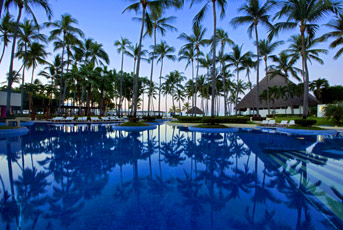


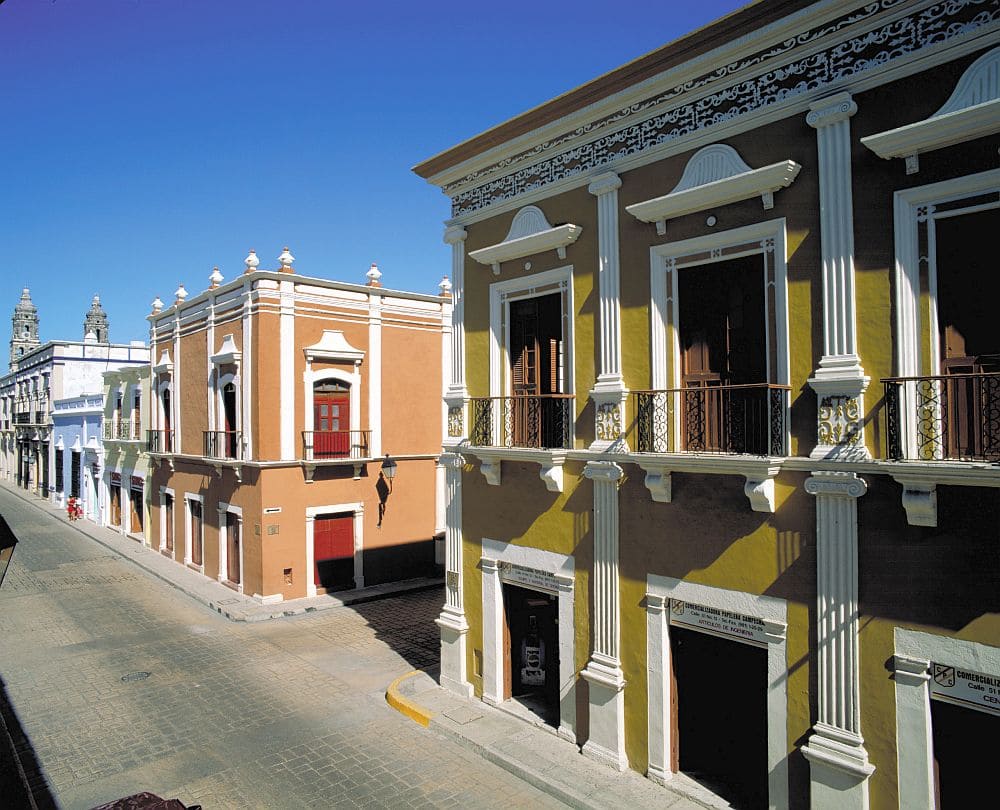
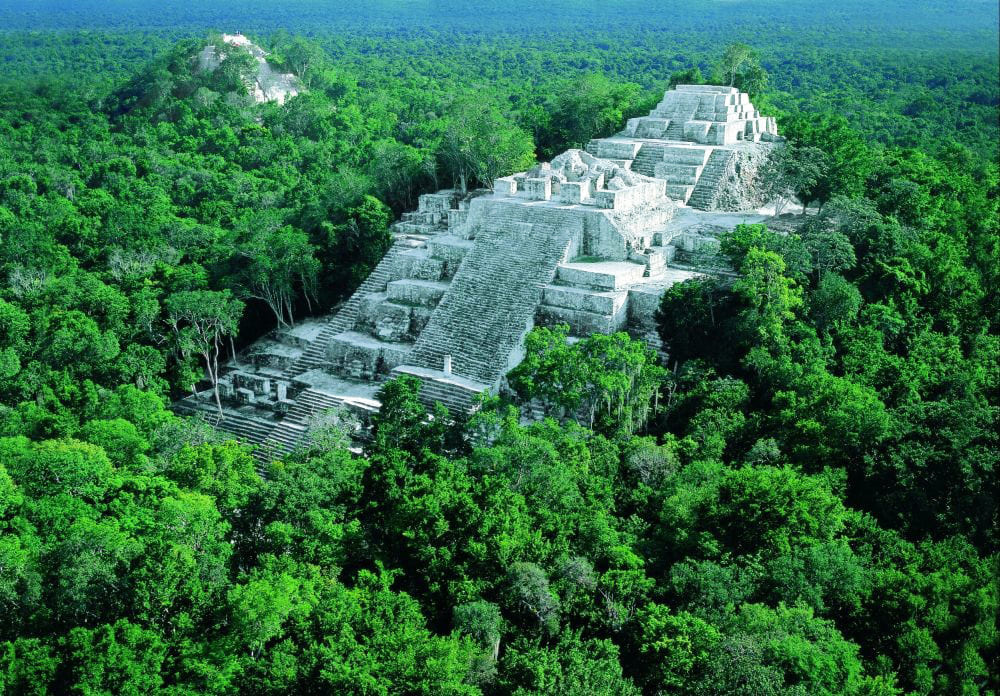

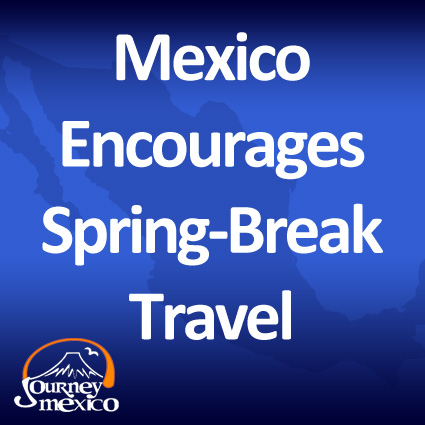
 Travel Weekly: What is Mexico’s reaction to this warning?
Travel Weekly: What is Mexico’s reaction to this warning?